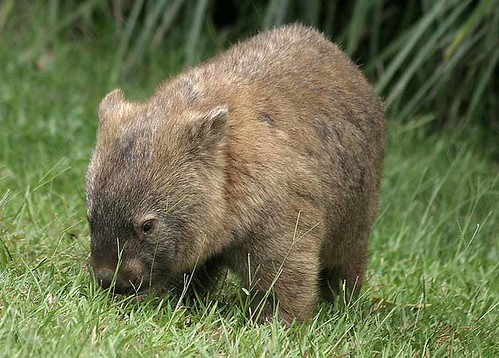Giant isopods are one of the largest species of crustaceans. Found in the deep, cold Atlantic, the isopods seem to thrive here. First discovered in 1879 in the Gulf of Mexico by Alphonse Edwards, a French zoologist, it was a major and exciting discovery for both the public and scientists around the world. Due to their habitat it is very difficult to be caught, therefore they are of little use to the fishing industry. However in Taiwan, Isopods are boiled and served cut in half. The taste is similar to crab and lobster meat.
Growing to a size of between 7.5 and 15 inches, with a maximum weight of roughly 1.8 kilograms.
Giant isopods are a good example of deep sea creatures that are similar to unusual animals, such as Giant squid. Other isopods range from 0.39 to 2.0 inches, making this species one of the biggest by far. Isopods are very similar to the woodlouse. Their bodies are protected by a rigid, exoskeleton made of various segments. Like woodlouse, they are able to curl up into a "ball", where only the shell is visible. This provides protection for larger creatures that would eat them. Also, like the woodlouse, they have two sets of antennae.
Isopods are deep sea scavengers. Although some are found at roughly 170 meters, over 80% are found at between 365 and 730 meters. While leading solitary lives, meeting only to mate, they rummage through mainly clay and mud in order to find food.
Subscribe to:
Post Comments (Atom)


No comments:
Post a Comment